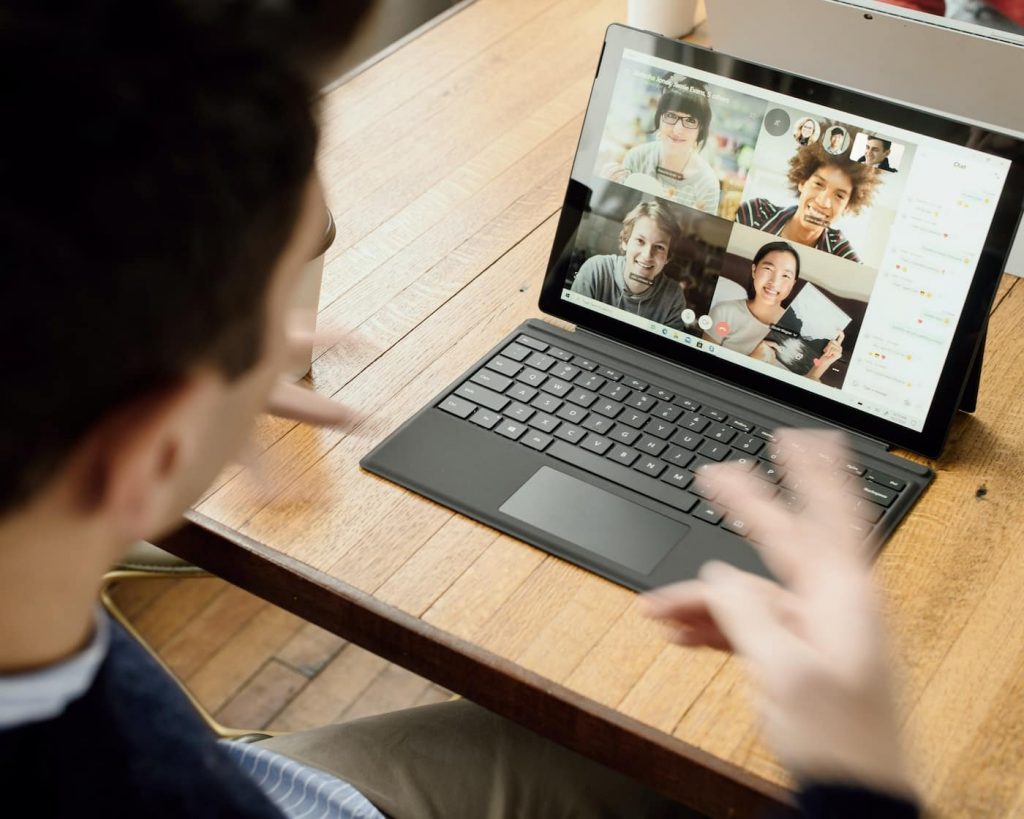
- admin
- January 29, 2014
- 8:44 am
Best Practices for Leading a Remote Meeting
A lot of people tend to use remote meeting times to catch up on email, surf the web or, more generally, to tune out. Running a remote meeting presents the unique challenge of engaging people you can’t see to talk about something they may be only tangentially interested in.
So how do you keep everyone interested and keep the meeting productive? Try a few of these tips.
1. Prep an agenda
Before the meeting, take the time to develop an agenda. While this is always a good idea, it’s especially important for remote meetings because it’s much more difficult to convey context in that setting. You can use the agenda as your guide throughout the meeting to keep it focused and organized, and ensure that everyone will know what to expect.
At the start of the meeting, preview the agenda items to the participants to align the group early. If you are running a recurring meeting, maintain this agenda and update as the meetings progress. This will save you time instead of having to re-create the agenda for each session.
2. Simulate an in-person environment
Although remote, the more you can make the meeting feel face-to-face, the more engaging the collaboration will be. Sharing your computer screen with the meeting participants brings the meeting together. Even when reviewing simple documents, knowing that everyone is looking at the same screen keeps the objective clear and reduces the number of clarifications needed. It’s the next best thing to poring over the piece of paper in a live meeting.
3. Give each person an opportunity to respond
Meeting participants may feel that it is difficult to participate in a remote meeting, as they may not want to interrupt a speaker or disrupt the conversation flow. Make a point to give each person some air time when you need feedback or questions answered. Don’t ask a question without directly addressing a specific person. Otherwise, you’re likely to get some awkward silence (everyone thinking someone else will answer) for a few moments, and then everyone speaking over each other (each participant will want to break the silence after a few awkward moments.)
4. Identify yourself and others
While it can sometimes sound redundant, in the absence of a video conference, it is important to identify who is in the room and who is speaking. Without that, your remote colleagues will likely lose the thread somewhere along the way and stop paying attention. Or, worse yet, say something not intended for those in the room. If the person running the meeting takes the time to introduce everyone and identify herself when speaking, everyone else is likely to follow suit.
5. Follow up with meeting notes
Follow up is critical to take a discussion from a remote meeting and move it towards action. Send a follow up email and outline key points. Participants can add any details which you may have missed. Again, this is a great skill for any meeting, but especially significant for one where the participants weren’t in the same room to begin with.
Whether you are working with your team or with your clients, these skills will help keep remote meetings engaging and on track.
Categorized
Posts you might also like...

6 Leadership Quotes on Delegation to Inspire You to Greatness
February 5, 2023

How a Delegative Leadership Style Improves Team Success
February 5, 2023

How to Use MOCHA to Delegate Effectively
February 5, 2023

